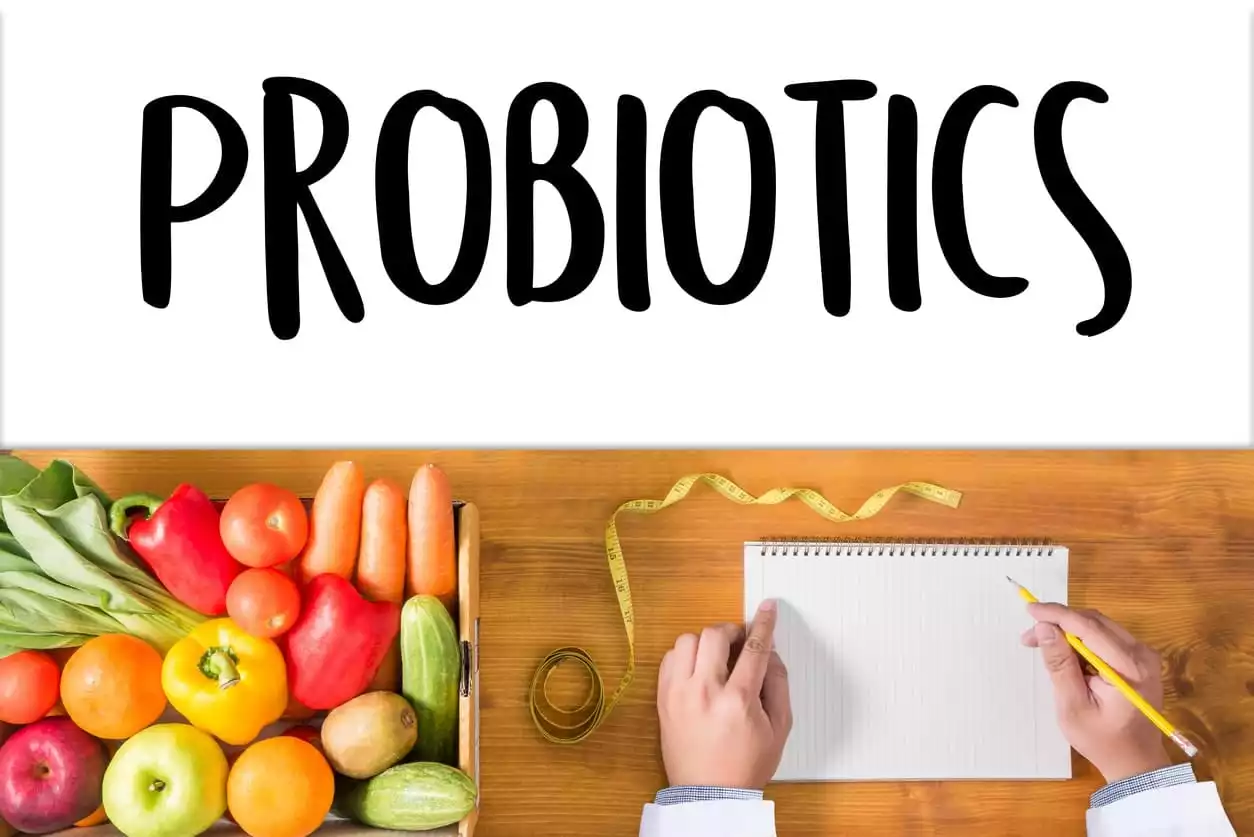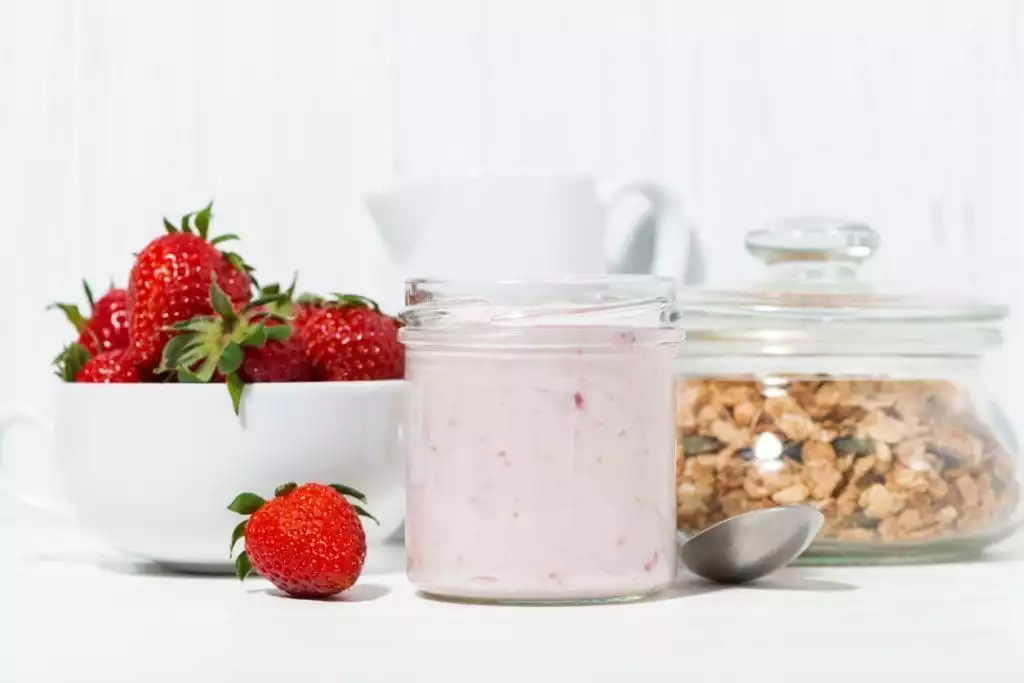
Have you been having problems with digestion lately? Are you getting sick more frequently? Have you been feeling depressed? If the answer to one or more of these questions is “yes,” there’s a good chance that you could benefit from probiotics.
The connection between our health and our microbiome—the community of microorganisms our bodies host that are vital to our functioning—has become a hot topic among the health and wellness industries lately, and for good reason.
If used correctly, probiotics can be used to improve your mood, boost your immunity, ameliorate allergies, beautify your skin, reduce bloating and improve your digestion.
It’s often the case that following a regimen of antibiotics will disrupt your gut health. This results in critically low counts of beneficial bacteria. Though prescription antibiotics are sometimes necessary, try to avoid taking them excessively; remember that viruses like the cold or flu cannot be treated by antibiotics.
Though the abundance of options may seem overwhelming at first, effectively incorporating probiotics into your routine can be easy when you know what to look for.
Read on to learn about ways to create an optimal environment for your microbiota to flourish.
What Are The Different Types of Probiotics?
There are a number of options when it comes to maintaining microbiota. Each type has different benefits.
The four most common types of probiotics include:
- Probiotic Supplements
- Probiotic-Enrinched Foods
- Fermented Foods
- Prebiotic Foods
1. Probiotic Supplements
When it comes to choosing a probiotic for general maintenance of your microbiota, you want to look for strain diversity and potency.
Our digestive tracts contain more than 100 trillion total bacteria, so your supplement should contain a minimum culture count of 15 billion to 30 billion for optimal gut health.
Keep in mind that higher culture counts (above 30 billion) could be difficult to tolerate. This is especially true for persons who are introducing these supplements to their systems for the first time.
In some cases, strain diversity is not essential. For treating specific needs such as allergies or vaginal health, look for probiotics containing strains which provide targeted support.
Some key strains to seek out when fighting off allergies or infectious bugs are lactobacillus rhamnosus GG, lactobacillus acidophilus L-92, lactobacillus paracasei LP-33.
These are known to strengthen T-cells and reduce levels of antibodies, which can cause an allergic reaction or illness.
For help with depression and anxiety, look for strains that can produce the neurotransmitter, GABA, such as lactobacillus plantarum PS128, lactobacillus helveticus R0052 and bifidobacterium longum R0175.
2. Probiotic-Enriched Foods
Foods containing probiotic cultures have become more and more common on store shelves these days, as the benefits of these cultures have achieved a more mainstream appeal.
You can now find probiotic-enriched granola, beverages and tortilla chips, just to name a few.
While these foods are a great alternative to the usual snack fare, they shouldn’t take the place of more potent probiotics and sources if you’re attempting to replenish your beneficial flora.
Think of these as an extra boost to your existing probiotics regimen.
3. Fermented Foods
Adding fermented foods to your diet can make a tremendous difference to your gut health, as well as provide a kick of flavor!
While fermented sauerkraut and kimchi are the most popular of these, don’t fret if you’re not a fan. There are options out there that might appeal to pickier palates.
Most stores now carry a large selection of probiotic drinks, like the increasingly popular kombucha. If culture-rich kombucha is not your cup of tea, be sure to give kefir-based beverages a try; these are lighter-tasting, without the vinegar-like punch.
You can also find fermented brine at some grocers. You can drink as a shot or add to salads as a healthy dressing. Low-sugar yogurts (especially non-dairy varieties, like coconut yogurt) are also a great option.
Whatever you choose, be sure that these foods are raw and fermented; these can be found in the refrigerated section of grocers. However, some pasteurized, non-fermented kraut and pickles lurk in these coolers, too, so read labels thoroughly.
Also be sure not to heat fermented foods, since this will kill off their living cultures.
If you find yourself craving these tasty, nutrient-dense fermented foods more regularly, you might want to consider fermenting foods yourself using at-home fermenting kits.
Fermentation recipes are easy to follow, and learning how to ferment to the desired flavor and consistency is a fun process that the whole family can enjoy (crunchy/tangy fermented carrot sticks, anyone?).
4. Prebiotic foods
“Prebiotics”—not to be confused with probiotics—are an important consideration when managing your microbiota.
These are non-digestible carbohydrates that bacteria in the large intestine feed off of by breaking them down into small-chain fatty acids and providing the energy they need to thrive.
Foods such as oats, underripe bananas, raw onion and garlic, peaches, grapefruit, and even apple cider vinegar are all great prebiotic foods. They reduce your risk of heart disease by balancing cholesterol and triglyceride levels. They also improve your immune system functions by boosting white blood cell count.
Note that while prebiotic fiber does increase the amount of flora in the gut. It doesn’t have any effect on the diversity of that flora, which is the ultimate goal.
Prebiotic fiber can also feed the bad bacteria in your digestive system. If these are already rampant, you’d be wise to take it easy on the prebiotics until you build up a healthy diversity of beneficial bacteria with probiotic supplements; they’ll crowd out the bad bacteria as their numbers improve.
If you notice an increase in gas and bloating, an excess of fiber may be the culprit.
Meanwhile, try to avoid starch and sugar as much as possible in your diet. This is because the bad bacteria thrive on these.
With so many types of probiotics available, you might find yourself having trouble choosing which is best for you. Contact Burt’s Pharmacy today to speak to our experts about which probiotics are right for you!
This article was originally published by Burt’s Pharmacy in Dos Vientos Living Magazine.

 info@burtsrx.com
info@burtsrx.com



